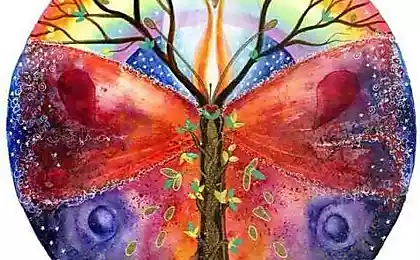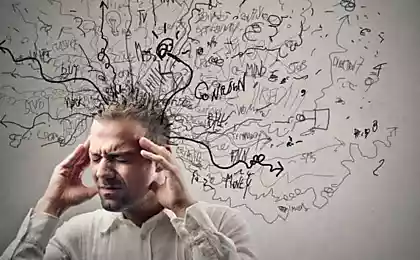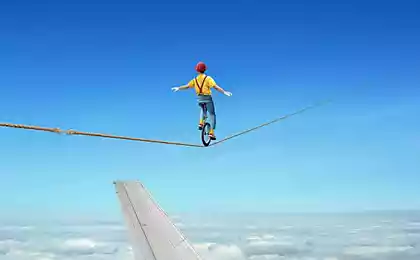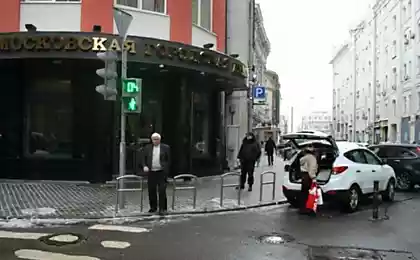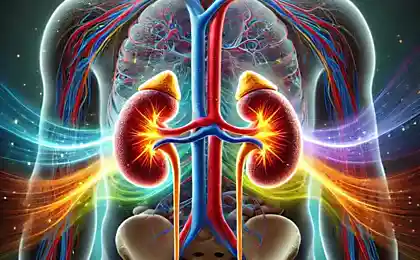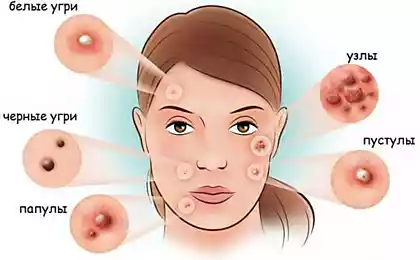193
How to slow down when life feels stressful and a race to survive
The Art of Finding Peace at the Center of the Storm of Modern Life

In a world where every day is like a marathon with no finish line, where notifications attack us from morning to night and deadlines are pursued like shadows, the art of slowing down becomes not a luxury but a necessity in life. We live in an era of chronic stress, and the paradox is that the faster we try to escape from it, the deeper we become trapped in its networks.
The Science of Stress: When Anxiety Becomes the Norm
Modern neuroscience shows us an amazing picture: our brains, which evolved to survive in the wild, were held hostage by civilization. The amygdala, an ancient brain structure responsible for the fight-or-flight response, does not distinguish between an angry saber-toothed tiger and an urgent letter from the boss. For her, both are deadly threats.
Scientific Fact: The Physiology of Stress
Research from Harvard Medical School shows that chronic stress increases cortisol levels by 23%, equivalent to a constant state of alert. This leads to premature aging of cells and a decrease in life expectancy by 9-17 years.
Imagine Maria, a 34-year-old marketing director from Kiev. Her day starts at 6:30 with checking work reports, continues with endless meetings, deadlines and ends at 23:00 with planning for tomorrow. Sleep is intermittent, thoughts revolve around unresolved problems. Familiar? Mary is all of us in one way or another.
Myths about dealing with stress
Myth #1: Stress should be ignored
Trying to ignore stress is like trying to ignore a fire in your home. Stress is a signal that needs to be heard and understood, not silenced.
Many of us believe that the best way to deal with stress is to pretend it’s not there. “Just don’t think about it,” “pull yourself together,” “others even worse” – these phrases are familiar to everyone. But research shows that suppressing stress leads to its accumulation, like water behind a dam. Sooner or later, the dam breaks.

The art of conscious slowing down
Slowing down is not stopping. It is a conscious choice of pace that allows us to act effectively, not just quickly. As Lao Tzu said, “Nature does not hurry, but everything happens.” Modern psychologists call this the concept of “conscious speed,” the ability to adapt your rhythm to the demands of the moment.
When you feel an increase in stress, mentally say “Stop”. Take three deep breaths. Ask yourself, “What is really important right now?” This technique activates the prefrontal cortex, which is responsible for conscious decisions.
Every 20 minutes take a 20-second break, looking at an object located 20 meters away. This not only relieves tension from the eyes, but also interrupts the flow of stressful thoughts.
It takes 2-3 minutes of mindful breathing to activate the parasympathetic nervous system, the body’s natural relaxation mechanism.
Set a “hour of silence” – a time when all devices are turned off. Start with 30 minutes a day and gradually increase.
When stress peaks: Anxiety signals
Our body is an amazing biological computer that constantly sends us signals. The problem is that we have forgotten how to read them. Chronic stress masquerades as “normal fatigue,” and we skip critical moments until it’s too late.
Red flags of stress peak
Physical: headaches, tension in the neck and shoulders, sleep problems, changes in appetite. Emotional: irritability, anxiety, feeling depressed. Cognitive: forgetfulness, difficulty concentrating, obsessive thoughts.
Alexey, a 29-year-old IT specialist, said: I thought constant fatigue and irritability was normal for my job. Only when I began to forget the names of my colleagues and could not concentrate on simple tasks did I realize it was time to stop. His story is a classic example of how we ignore the body’s signals to a critical point.
Neurohacks for Rapid Recovery

Modern neuroscience has revealed several life hacks for the brain that help us quickly switch from stress to recovery. These techniques are based on understanding how different parts of our brain work.
"State anchoring" technique
Create a physical anchor for calmness: a certain scent, music, or touch. Use it during moments of relaxation. After 2-3 weeks, the brain will create a stable connection, and the anchor will automatically cause a state of rest.
Dr. Andrew Huberman of Stanford University recommends the technique of "physiological sighing" - a double breath through the nose (short, then long) and a slow exhalation through the mouth. This simple technique activates the vagus nerve and instantly reduces stress levels.
The Philosophy of Slow Life
The “Slow Living” movement originated in Italy as an opposition to fast food culture and fast consumption. But this is not a call to laziness or passivity. It is a philosophy of conscious choice: doing less with more attention and quality.
Anna, an architect from Lviv, shared her experience: I used to try to do everything at once. She worked on five projects at the same time, constantly switching between tasks. When I started concentrating on one project at a time, the quality of work improved significantly and the stress decreased significantly.”
The principles of conscious slowing
Monotasking instead of multitasking. Quality of interactions is more important than quantity. Regular pauses for reflection. The right to say no to non-priority tasks. Focus on the process, not just the outcome.
Practical strategies for daily use
Theory without practice is dead. Here are some tools that can be integrated into everyday life:
The first 15 minutes after waking up, spend without a phone, news or social networks. Use this time to meditate, stretch, or simply watch your breath consciously.
Technique "Tomato" with modification of 25 minutes of concentrated work, then 5 minutes of full rest - without checking messages. Get up, breathe, look out the window.
An hour before bedtime, write down all the thoughts and experiences of the day on paper. This helps the brain “release” the accumulated tension and prepare for restorative sleep.
Before every important conversation, meeting, or decision, take one deep, conscious breath. This activates the parasympathetic nervous system.
When slowing down becomes a way of life
Real mastery comes when slowing down ceases to be a technique and becomes a natural way of being. This does not mean that you will become slow or ineffective. On the contrary, you will learn to distinguish when you need speed and when you need thoughtfulness.
Dimitri, a successful entrepreneur, says: Paradoxically, when I started to hurry less, things got better. I began to make more informed decisions, to listen to my partners better, to notice the opportunities that had previously slipped by.” His experience confirms the scientific evidence: stress narrows the focus of attention, and calmness expands.
Conclusion: Right to pause
In a world that requires us to constantly accelerate, slowing down becomes an act of courage. This is not a sign of weakness, but of wisdom. Remember: you have the right to pause, the right to silence, the right to your own rhythm. Life is not a sprint, it is a marathon, where it is important not only to get to the finish line, but also to enjoy the road.
Glossary
Amygdala
Part of the limbic system of the brain responsible for processing emotions, especially fear and anxiety. It is activated when a threat is perceived.
cortisol
Stress hormone produced by the adrenal glands. In large quantities, it negatively affects the immune system and cognitive functions.
Prefrontal cortex
The brain area responsible for executive functions: planning, decision-making, impulse control.
Parasympathetic nervous system
Part of the autonomic nervous system that is activated at rest and is responsible for restoring the body.
vagus nerve
The longest cranial nerve connecting the brain to internal organs. It plays a key role in regulating stress.
Mindfulness (Mindfulness)
The psychological state of being fully present in the present moment without condemning what is happening.
Chronic stress
Prolonged state of psychophysical tension that occurs with constant exposure to stressors.
10 habits of balanced people that are worth developing
Victoria Turner: The Art of Creating a Personal Brand in the Digital Media Age
